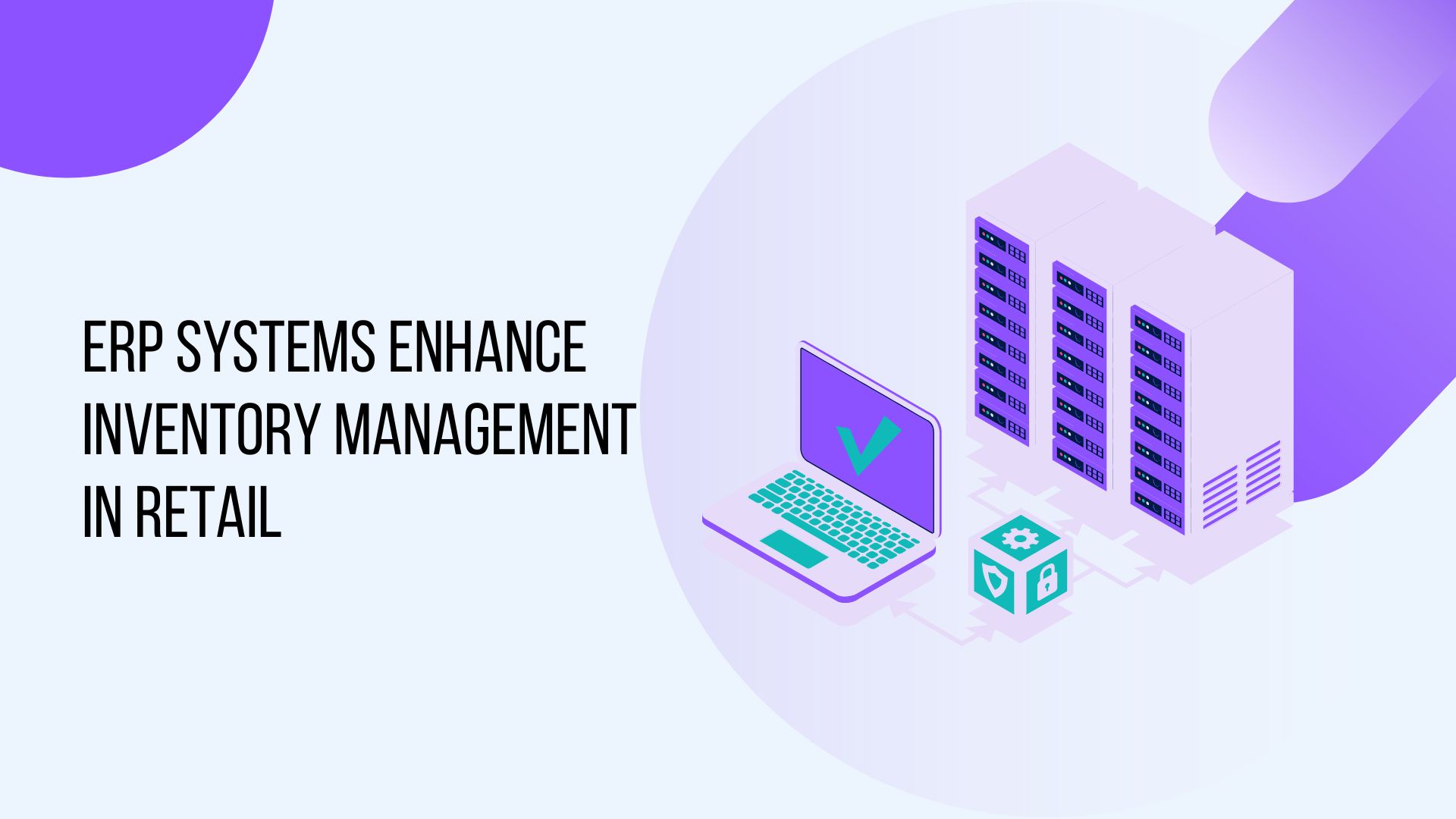From Chaos to Control: My Journey with ERP Retail Inventory Solutions
I remember a time when my small retail shop, a dream I had poured my heart and soul into, felt less like a passion project and more like a never-ending battle. The culprit? Inventory. It was a monster, lurking in the backroom, hiding in spreadsheets, and causing endless headaches. If you’re a retail owner, big or small, nodding your head right now, then you know the struggle is real.
But then, I discovered something that completely transformed my business: ERP Retail Inventory Solutions. It sounds fancy, maybe even a little intimidating, but trust me, it’s the secret weapon every retail business needs. Let me tell you my story.
The Inventory Nightmare: Before ERP
Before I found my retail inventory salvation, my life was a chaotic dance of manual processes and educated (read: wild) guesses.
The Spreadsheet Struggle Was Real
My inventory "system" was a series of meticulously crafted, yet endlessly flawed, Excel spreadsheets. Every new delivery meant hours of manual data entry. Every sale meant going back to those spreadsheets, finding the item, and hoping I remembered to deduct it. It was a never-ending cycle, prone to human error, and let’s be honest, soul-crushing.
I’d spend late nights trying to reconcile numbers, wondering why the physical count never matched my digital records. The "missing" items weren’t always stolen; sometimes, they were just misplaced, miscounted, or simply vanished into the digital ether of a forgotten row or column. This manual retail inventory management was eating into my time, my energy, and ultimately, my profits.
Stockouts and Overstocking: A Double-Edged Sword
This was perhaps the most painful part. I’d have customers come in, eager to buy a popular item, only for me to realize (after a frantic search and a quick check of my outdated spreadsheet) that we were out of stock. Lost sale, disappointed customer. On the flip side, I’d often find myself with shelves overflowing with items that just weren’t moving, tying up valuable capital and space.
Effective inventory control felt like a mythical beast. How could I know what to order, and when, without a crystal ball? I was constantly guessing, reacting to past sales, rather than proactively planning for future demand.
The Mystery of the Missing Box
Shrinkage, misplacements, damaged goods – these were the ghosts in my retail machine. Without a robust system, tracking these issues was nearly impossible. Was it theft? Was it a counting error? Did it just… disappear? This lack of visibility in my stock management led to financial leaks that I couldn’t even accurately quantify, let alone plug.
A Glimmer of Hope: Discovering ERP
I was at my wit’s end. My passion for retail was being overshadowed by the stress of inventory. That’s when a fellow business owner, seeing my glazed-over eyes, mentioned something called "ERP."
What Exactly is ERP? (And Why It’s Not Scary)
At first, I thought ERP (Enterprise Resource Planning) was just for huge corporations. But he explained it simply: imagine a central brain for your entire business. Instead of having separate systems for sales, inventory, accounting, and customer data, an ERP system connects them all.
For me, the immediate appeal was its promise for retail inventory management. It wasn’t just about counting items; it was about integrating that count with everything else – sales at the cash register, orders from suppliers, even customer loyalty programs. It was a holistic approach to running a business, with inventory at its very core.
More Than Just Counting: The Integrated Magic
The beauty of an ERP system for retail is that it doesn’t just manage inventory in isolation. It ties into:
- Point of Sale (POS) systems: Every sale instantly updates inventory levels.
- Supplier Management: Automating purchase orders based on stock levels.
- Customer Relationship Management (CRM): Understanding buying patterns.
- Financial Accounting: Real-time financial impact of stock movement.
This integration was the "aha!" moment. It wasn’t just about better inventory; it was about a better business.

